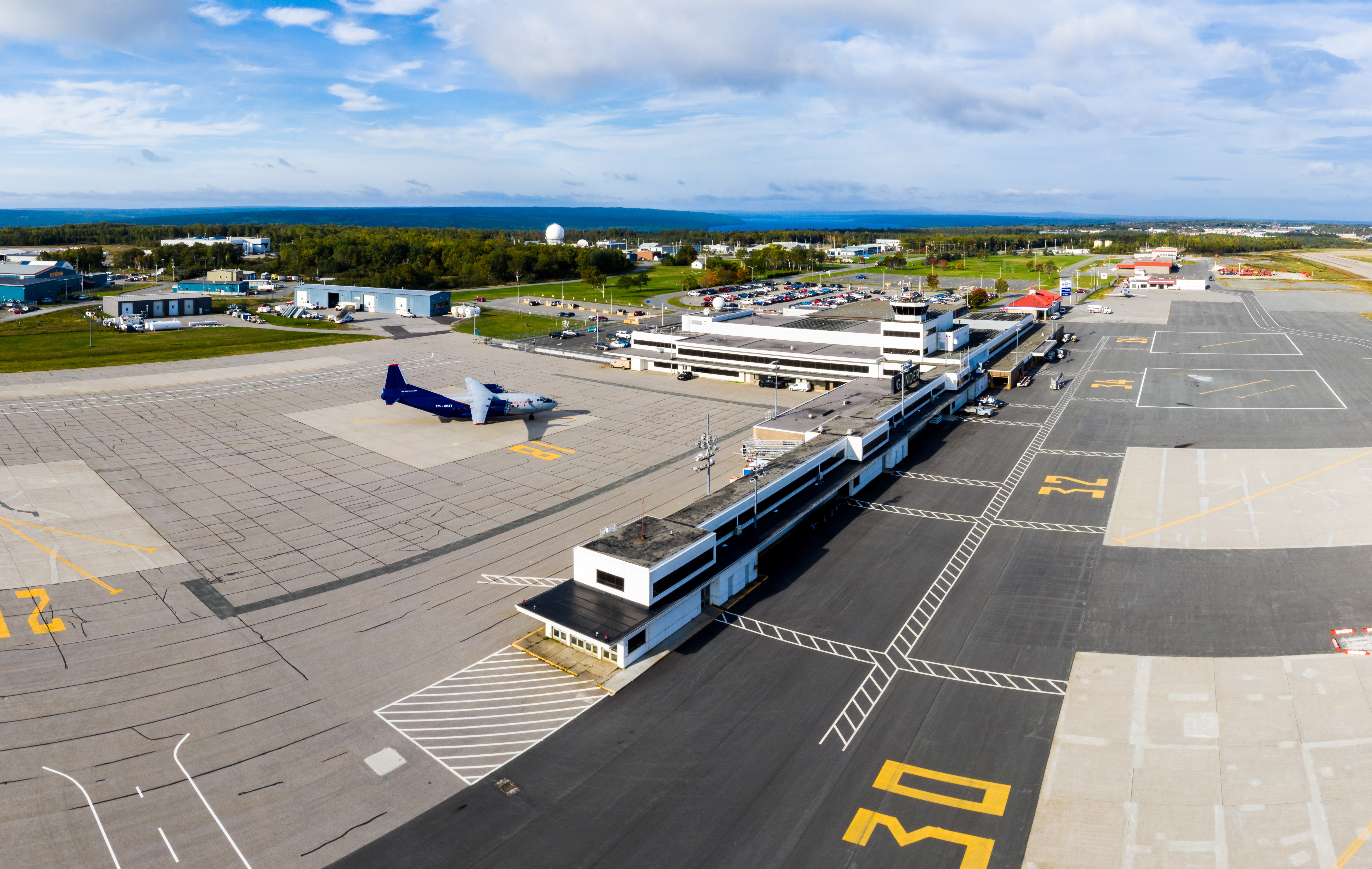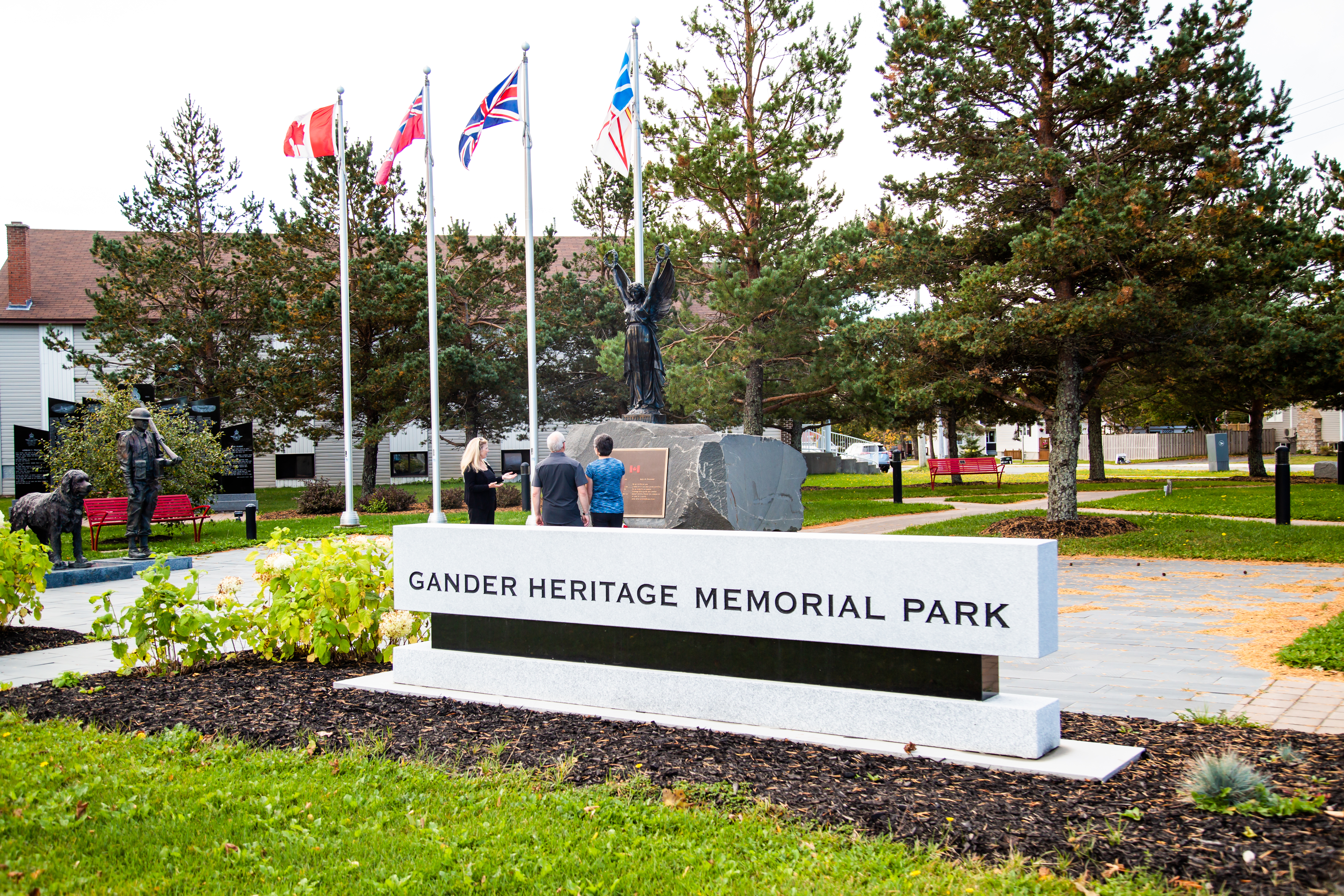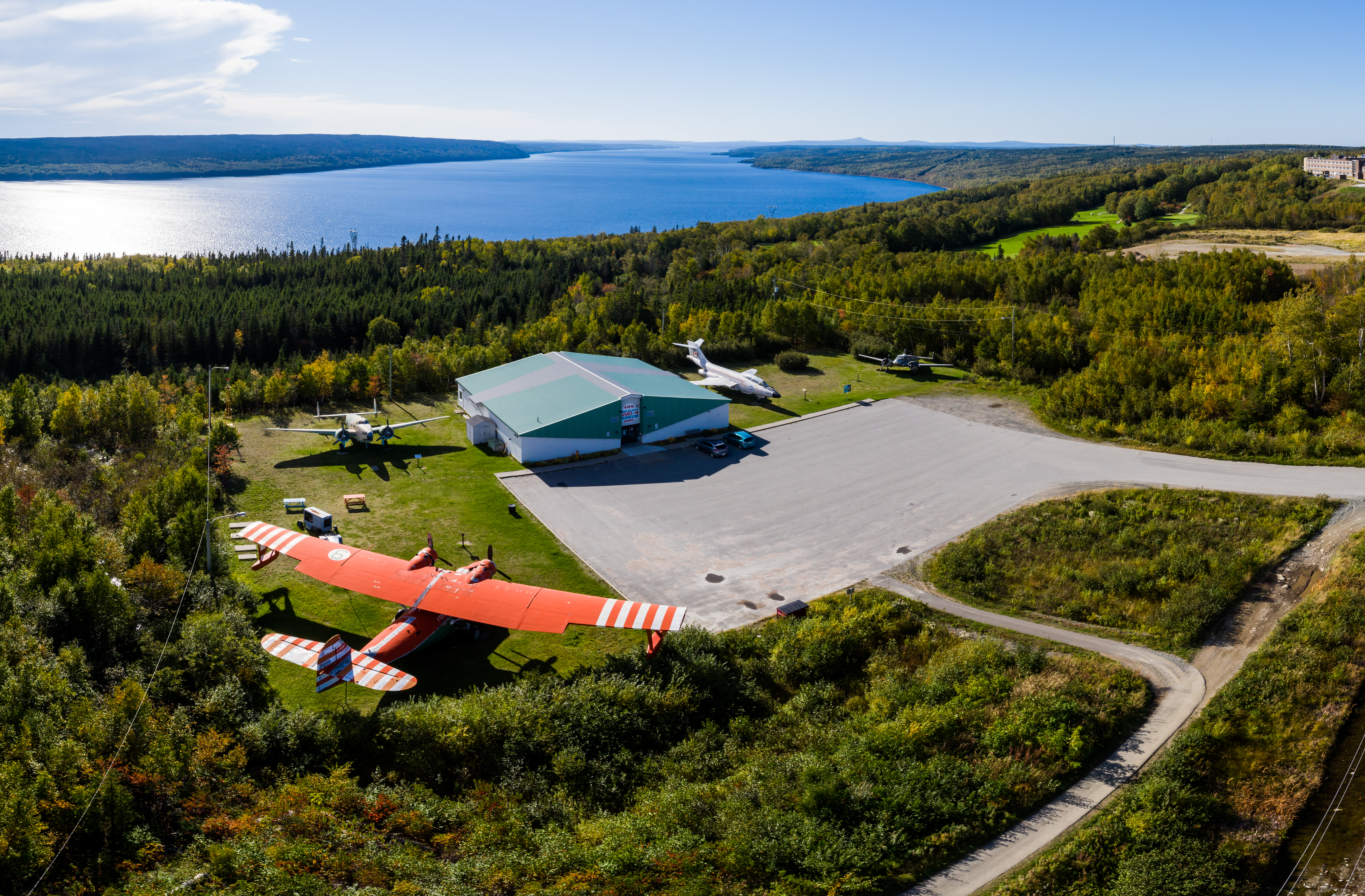History
During the 1930s, it was becoming clear that passenger-carrying aircraft would soon be developed that could cross the North Atlantic Ocean. Britain made the decision to locate a suitable site for an airport in Newfoundland. At the time, the plan was considered to be “the biggest gamble ever taken in aviation history” - building an airport in the wilderness in what was essentially a rural economy to promote trans-Atlantic air travel that did not yet exist for land-based aircraft that did not yet exist.
In June 1936, workers arrived on the train at Milepost 213 on the Newfoundland Railway. They set about clearing land for what would become the world's largest airport, boasting one square mile of tarmac. Known as the Newfoundland Airport at the time, it was a result of a 1935 agreement between Canada, the United Kingdom, Newfoundland and Ireland.
With WWII raging in Europe, Gander became a strategic post for the Royal Air Force Ferry Command in 1940. Being top secret, Gander did not appear on maps and remained shrouded in secrecy as some 10,000 North American-built fighters and heavy bombers were transported overseas. As many as 12,000 British, Canadian and American servicemen lived in crowded barracks beside and between the runways.
After the war, the airport reverted to civilian control and efforts began to move residents a safe distance from the runways. Construction began in the 1950s on the present townsite. The municipality was incorporated in 1958 and the airport settlement was abandoned.
Throughout the 'Jet Age' of the '50s and '60s, virtually every transatlantic flight required a refueling stop at Gander, making Gander “the Crossroads of the World”. The terminal became a stop for the rich and famous, from the Hollywood Who's Who to kings and presidents, and 'star-gazing' was a popular local pastime. While the “Cold War” drew hard lines between eastern-bloc and western nations, Gander remained a safe haven for all, one of the few places where American spy planes might share the ramp with Soviet jetliners.
On September 11 2001, North American airspace was closed to all commercial fights due to the terrorist incidents in the US. As a result, 34 planes came to Gander with about 6,600 passengers and crew. In addition, four military flights were also diverted, for a total of 38 aircraft. Passengers came from 95 countries, with differing cultures, dietary and religious needs and customs. At the time, Gander’s population was 9,651. Adding 6,600 passengers meant a population increase of nearly 70% in just a few hours.
Gander, along with other nearby towns, stepped up to the task of fulfilling the needs of the passengers. Over the course of the following week, locals did their best to ensure that the “plane people” had everything they needed. New friendships would be forged and many keep in contact to this day.
Today, Gander continues to rise to ever new challenges, diversifying to become the regional service centre for some 80,000 people in more than 300 communities.

Gander International Airport

Gander Heritage Memorial Park

North Atlantic Aviation Museum

Silent Witnesses Memorial
Contact Us
Town of Gander
100 Elizabeth Drive,
Gander, NL A1V 1G7 Canada
709-651-2930
Info@gandercanada.com
Sign up to our Newsletter
Stay up to date on the Town's activities, events, programs and operations by subscribing to our eNewsletters.
